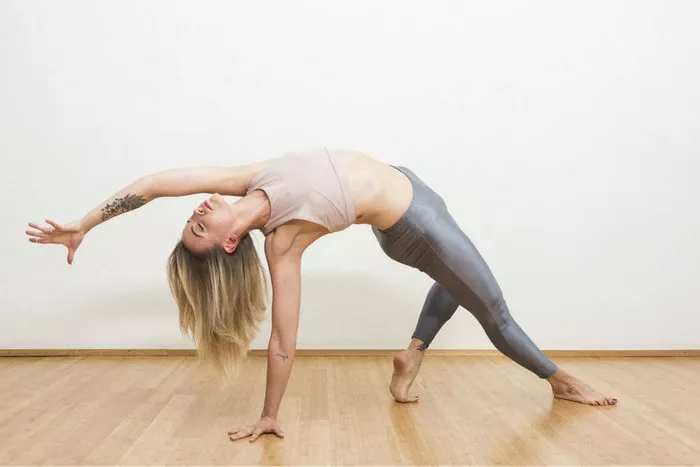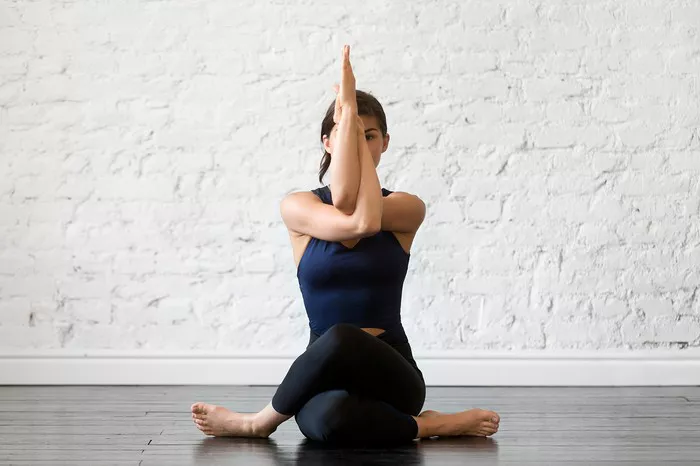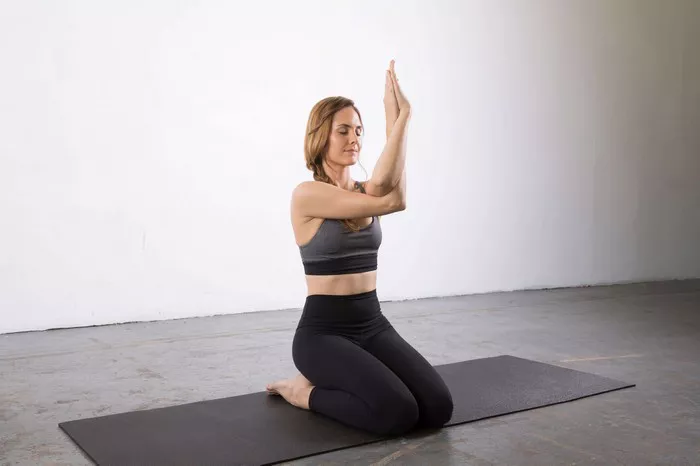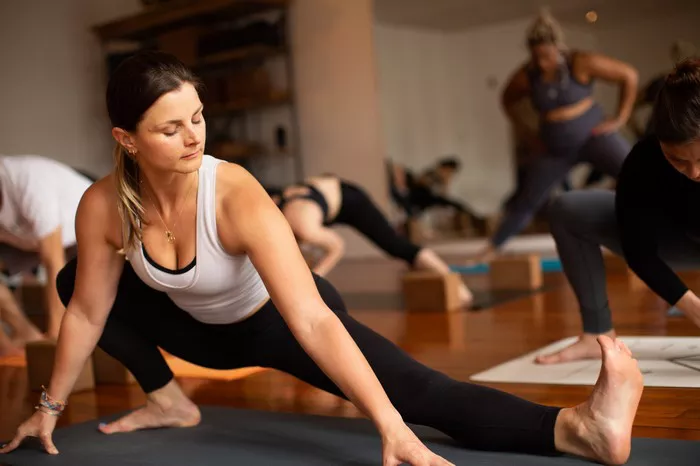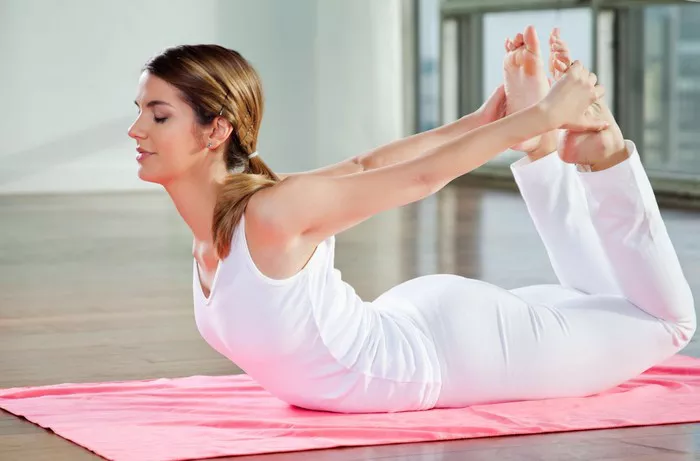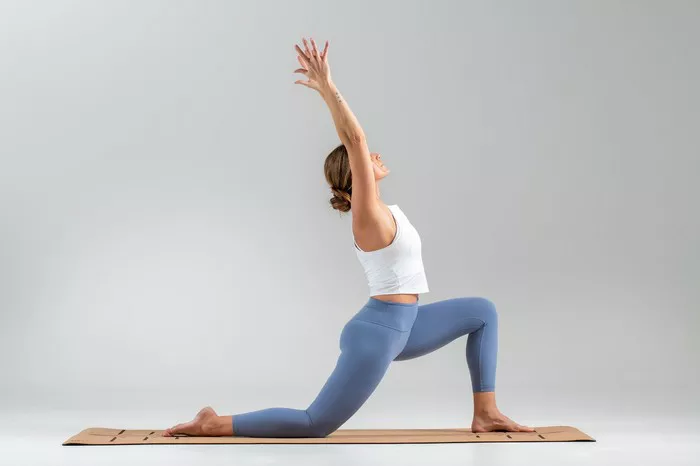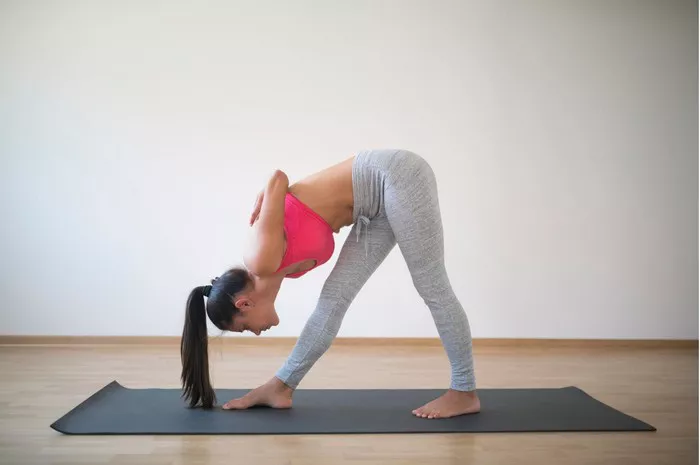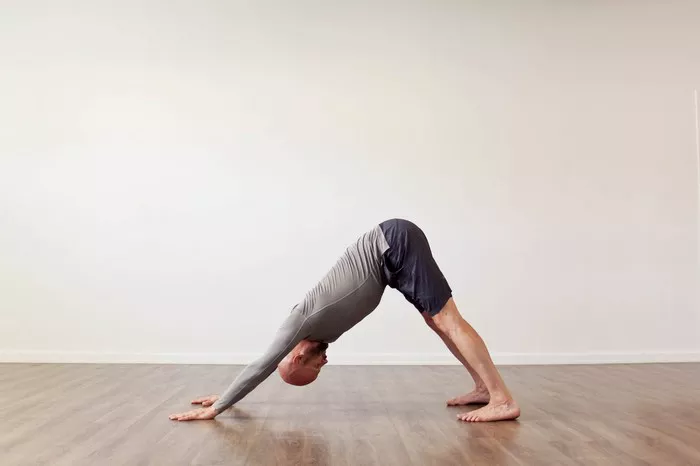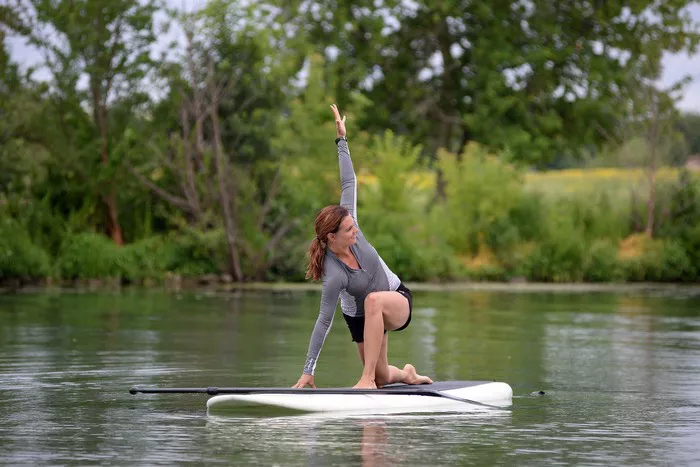Vasi Yoga Pranayama is a profound and ancient yogic practice that focuses on the regulation of breath to enhance physical, mental, and spiritual well-being. Rooted deeply in the rich traditions of Vedic and Tantric yogic practices, Vasi Yoga Pranayama stands out as a specialized form of breath control (pranayama) that aims to harness and direct the subtle life force energy (prana) within the body. This practice, while less widely known than other forms of pranayama such as Kapalabhati or Anulom Vilom, holds a significant place in the tapestry of yoga due to its potential to induce deep states of meditation and facilitate spiritual awakening.
The Unique Aspects of Vasi Yoga Pranayama
Historical Background and Origins
Vasi Yoga Pranayama traces its origins to ancient yogic texts and traditions, particularly those associated with the Siddha tradition of South India. The Siddhas were highly accomplished yogis and sages who devoted their lives to the exploration of the body, mind, and spirit. They developed various techniques, including Vasi Yoga Pranayama, to achieve mastery over their internal energies and attain higher states of consciousness.
The term ‘Vasi’ itself is indicative of the practice’s essence. It is derived from the Tamil word ‘Vasiyam,’ meaning attraction or control. Thus, Vasi Yoga Pranayama involves the practice of controlling and attracting the prana within the body, leading to profound physical, mental, and spiritual benefits.
Core Principles and Techniques
Vasi Yoga Pranayama is distinguished by its focus on subtle and advanced breath control techniques. The practice typically involves the following key elements:
Nadi Shodhana (Purification of the Nadis): Before beginning Vasi Yoga Pranayama, it is essential to purify the nadis, which are the energy channels in the body. This purification is achieved through preliminary pranayama practices such as Nadi Shodhana (alternate nostril breathing), which balances the flow of prana between the ida and pingala nadis (the left and right energy channels).
Breath Retention (Kumbhaka): One of the hallmarks of Vasi Yoga Pranayama is the emphasis on breath retention, known as kumbhaka. This involves holding the breath after inhalation or exhalation, which helps in the accumulation and stabilization of prana within the body. Kumbhaka is practiced in two forms: Antar Kumbhaka (internal retention) and Bahir Kumbhaka (external retention).
Subtle Awareness and Visualization: Practitioners of Vasi Yoga Pranayama are encouraged to cultivate a deep awareness of the breath and the flow of prana. This often involves visualizing the movement of prana through the chakras (energy centers) and nadis, directing it to specific areas of the body for healing and energization.
Bandhas (Energy Locks): The application of bandhas, or energy locks, is another critical aspect of Vasi Yoga Pranayama. Bandhas help in controlling and directing the flow of prana. The three main bandhas used are Mula Bandha (root lock), Uddiyana Bandha (abdominal lock), and Jalandhara Bandha (throat lock).
Slow and Rhythmic Breathing: Unlike some other forms of pranayama that involve vigorous and forceful breathing, Vasi Yoga Pranayama emphasizes slow, deep, and rhythmic breaths. This gentle approach helps in calming the nervous system and facilitating the smooth flow of prana.
The Benefits of Practicing Vasi Yoga Pranayama
Physical Benefits
Enhanced Respiratory Function: Regular practice of Vasi Yoga Pranayama strengthens the respiratory system, increases lung capacity, and improves overall respiratory function. The controlled and deep breathing techniques help in the efficient exchange of oxygen and carbon dioxide, promoting better oxygenation of the blood.
Improved Circulation: By enhancing the flow of prana, Vasi Yoga Pranayama also improves blood circulation throughout the body. This can lead to better cardiovascular health, increased vitality, and improved functioning of various organs and systems.
Detoxification: The deep breathing and breath retention practices stimulate the lymphatic system, aiding in the removal of toxins and waste products from the body. This detoxifying effect can result in clearer skin, improved digestion, and enhanced overall health.
Increased Energy Levels: The accumulation and distribution of prana through Vasi Yoga Pranayama can lead to a significant boost in energy levels. Practitioners often report feeling more energetic, alert, and vibrant throughout the day.
Enhanced Immunity: By balancing the flow of prana and reducing stress, Vasi Yoga Pranayama can strengthen the immune system. This makes the body more resilient to infections and diseases.
See Also: Yoga and Pranayama for Rheumatoid Arthritis
Mental and Emotional Benefits
Stress Reduction: One of the most immediate benefits of Vasi Yoga Pranayama is its ability to reduce stress and anxiety. The practice of slow, deep breathing activates the parasympathetic nervous system, promoting relaxation and reducing the production of stress hormones like cortisol.
Improved Mental Clarity: The enhanced oxygenation and circulation resulting from Vasi Yoga Pranayama improve brain function and mental clarity. Practitioners often experience increased focus, concentration, and cognitive abilities.
Emotional Stability: By calming the mind and balancing the flow of prana, Vasi Yoga Pranayama helps in regulating emotions. Practitioners report feeling more emotionally stable, resilient, and better equipped to handle life’s challenges.
Enhanced Mood: The practice of Vasi Yoga Pranayama can lead to an improved mood and a greater sense of well-being. The reduction in stress and the balancing of energies contribute to feelings of happiness and contentment.
Spiritual Benefits
Deepened Meditation: Vasi Yoga Pranayama prepares the mind and body for deeper states of meditation. The calm and focused mind achieved through pranayama is ideal for entering meditative states and experiencing higher levels of consciousness.
Awakening of Kundalini Energy: Advanced practitioners of Vasi Yoga Pranayama may experience the awakening of the kundalini energy, a dormant spiritual energy located at the base of the spine. The controlled flow of prana helps in activating and raising this energy through the chakras, leading to spiritual awakening and self-realization.
Heightened Spiritual Awareness: Regular practice of Vasi Yoga Pranayama enhances spiritual awareness and intuition. Practitioners often feel a deeper connection to their inner selves and the universe, experiencing a sense of oneness and unity.
Balancing of Chakras: Vasi Yoga Pranayama helps in balancing and harmonizing the chakras, the energy centers in the body. This balance is crucial for physical, emotional, and spiritual well-being, facilitating the smooth flow of prana and promoting overall health.
Steps to Practice Vasi Yoga Pranayama
Preparatory Practices
Before beginning Vasi Yoga Pranayama, it is essential to prepare the body and mind. The following steps can help in this preparation:
Asanas (Postures): Practicing gentle asanas helps in loosening the body, improving flexibility, and releasing physical tension. Asanas like Sukhasana (Easy Pose), Padmasana (Lotus Pose), and Vajrasana (Thunderbolt Pose) are ideal for pranayama practice.
Nadi Shodhana Pranayama: Performing a few rounds of Nadi Shodhana Pranayama (alternate nostril breathing) helps in balancing the nadis and preparing the breath for more advanced techniques.
Setting the Intention: Before starting the practice, set a clear intention or sankalpa. This intention could be related to physical health, emotional balance, or spiritual growth.
The Practice of Vasi Yoga Pranayama
Find a Comfortable Seated Position: Sit in a comfortable position with your spine straight and shoulders relaxed. You can sit on a yoga mat, cushion, or chair, ensuring that your body is stable and at ease.
Close Your Eyes and Focus on Your Breath: Close your eyes and bring your awareness to your natural breath. Observe the inhalation and exhalation without trying to control it initially.
Begin Deep Breathing: Gradually begin to deepen your breath, inhaling deeply through your nose and exhaling fully. Focus on making your breath smooth and even, without any strain.
Apply Bandhas (Optional): If you are familiar with the practice of bandhas, you can apply Mula Bandha (root lock) and Jalandhara Bandha (throat lock) during breath retention. This helps in controlling and directing the flow of prana.
Inhale Slowly and Deeply: Inhale slowly and deeply through your nose, filling your lungs completely. Visualize the prana entering your body and filling you with energy.
Retain the Breath (Kumbhaka): After inhaling, retain the breath (Antar Kumbhaka) for a few seconds. Focus on the sensation of prana within your body, allowing it to accumulate and stabilize.
Exhale Slowly and Completely: Exhale slowly and completely through your nose, releasing all the air from your lungs. Visualize the prana flowing through your body, nourishing every cell.
Pause (Optional): After exhaling, you can pause for a few seconds (Bahir Kumbhaka) before inhaling again. This helps in enhancing the control over your breath and prana.
Repeat the Cycle: Continue this cycle of inhalation, breath retention, and exhalation for several rounds. Start with a few minutes and gradually increase the duration as you become more comfortable with the practice.
End the Practice Mindfully: When you are ready to end the practice, gradually return to your natural breath. Sit quietly for a few moments, observing any changes in your body, mind, and energy.
Tips for a Successful Practice
Consistency is Key: Regular practice is essential for reaping the benefits of Vasi Yoga Pranayama. Aim to practice daily, even if for a few minutes, to build a strong foundation and deepen your experience.
Listen to Your Body: Always listen to your body and practice within your limits. Avoid straining or forcing your breath, and take breaks if needed.
Practice on an Empty Stomach: It is best to practice Vasi Yoga Pranayama on an empty stomach or a few hours after a meal to avoid discomfort.
Create a Calm Environment: Find a quiet and peaceful place for your practice. Creating a calm environment helps in minimizing distractions and enhancing concentration.
Seek Guidance: If you are new to pranayama or Vasi Yoga Pranayama, consider seeking guidance from a qualified yoga instructor. Proper guidance ensures that you practice safely and effectively.
Conclusion
Vasi Yoga Pranayama is a powerful and transformative practice that offers a multitude of benefits for the body, mind, and spirit. By harnessing the ancient power of breath, practitioners can enhance their physical health, achieve emotional balance, and embark on a journey of spiritual awakening. As with any yogic practice, consistency, patience, and mindfulness are key to unlocking the full potential of Vasi Yoga Pranayama. Embrace this ancient practice with dedication, and you will experience profound changes that extend beyond the mat, enriching every aspect of your life.
Related topics:


